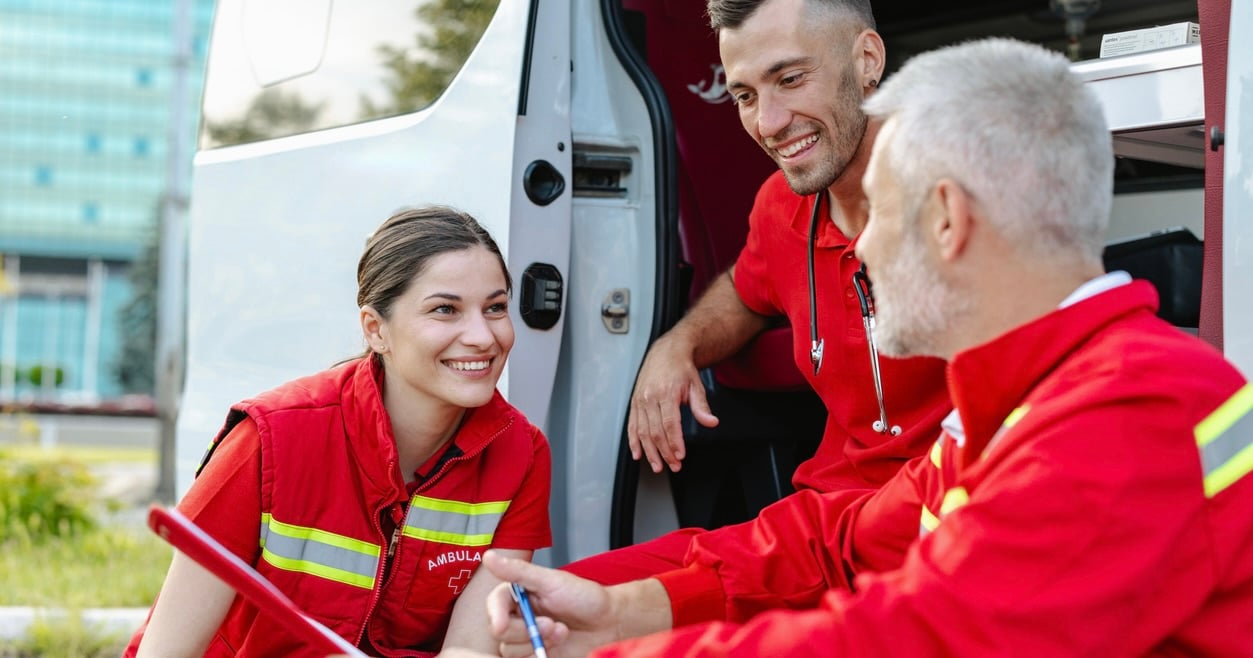Pulsara Around the World - 2025 Recap and January 2026
December Recap After an incredibly busy events year with 102 conferences, trade shows, and sponsorships, December was on the slower side for us, with...
1 min read
 Hannah Ostrem
:
Oct 27, 2016
Hannah Ostrem
:
Oct 27, 2016


But WFBH wasn't always so efficient with their sepsis cases. In late 2011, the hospital's sepsis-related mortality index was twice the national average, with a mean time from arrival of a rapid response nurse to antibiotic administration of 6.6 hours. In response to these results, the hospital began working on creating a new protocol to get all patients treated within 60 minutes after sepsis is suspected.
The resulting Code Sepsis initiative involves a series of highly choreographed and organized steps and protocols to ensure all team members are on the same page and no patient waits longer than absolutely necessary to receive treatment.
The hospital eventually rolled out Code Sepsis to noncritical care areas, surgical ICUs, the emergency department, coronary care units and medical ICUs. The inter-disciplinary collaboration and adoption of the initiative resulted in the facility's sepsis-related mortality index dropping by more than half from 1.65 to 0.8, earning WFBH a spot among the 10 top-performing UHC institutions.
Wake Forest Baptist Health provides an excellent example of teams coming together to solve and improve care coordination problems in the name of better patient outcomes. Thanks for your leadership, WFBH!

December Recap After an incredibly busy events year with 102 conferences, trade shows, and sponsorships, December was on the slower side for us, with...

Editor's Note: In July 2025, EMS1 and Fitch & Associates released their annual EMS trend survey, What Paramedics Want, proudly sponsored by Pulsara....
![[PRESS RELEASE] Published Research Finds Up to 31% Faster STEMI Treatment Times in Rural Hospital Setting with Pulsara](https://www.pulsara.com/hubfs/_1_website-page-blog-assets/pulsara-hosp-teams-assign-cardio-stemi-rn-1200x701.jpg)
Published research shows how using Pulsara, alongside standardized field activation and a focus on stakeholder relationships, improves STEMI care and...